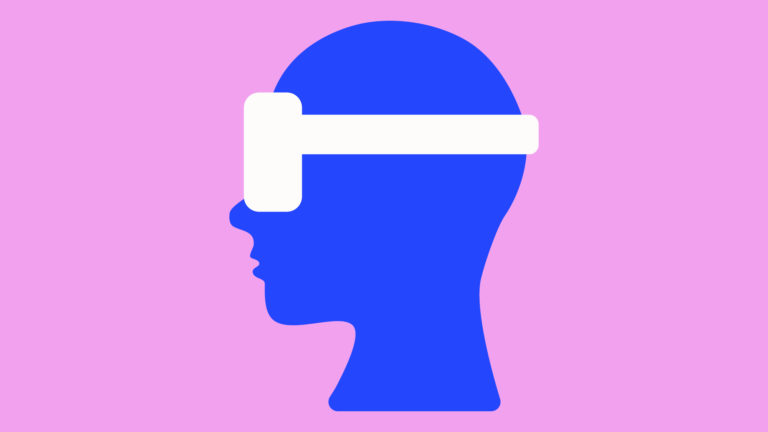Únase a getAbstract para acceder al resumen.

Únase a getAbstract para acceder al resumen.
Lisa Feldman Barrett
Emotions: Facts vs. Fiction
Rotman Institute of Philosophy, 2019
¿De qué se trata?
Do you think you can read other people’s emotions? Think again.
Recommendation
Do you think you can read other people’s emotions? Think again. In this lecture, distinguished professor of psychology Lisa Feldman Barrett debunks three of the most common myths people hold about emotions. She also explores the latest brain research about how emotions are made and how they work. Her talk will intrigue anyone who wants to better understand themselves and others.
Summary
About the Speaker
Lisa Feldman Barrett is a distinguished professor of psychology at Boston’s Northeastern University. She wrote How Emotions Are Made: The Secret Life of the Brain.
























Comment on this summary